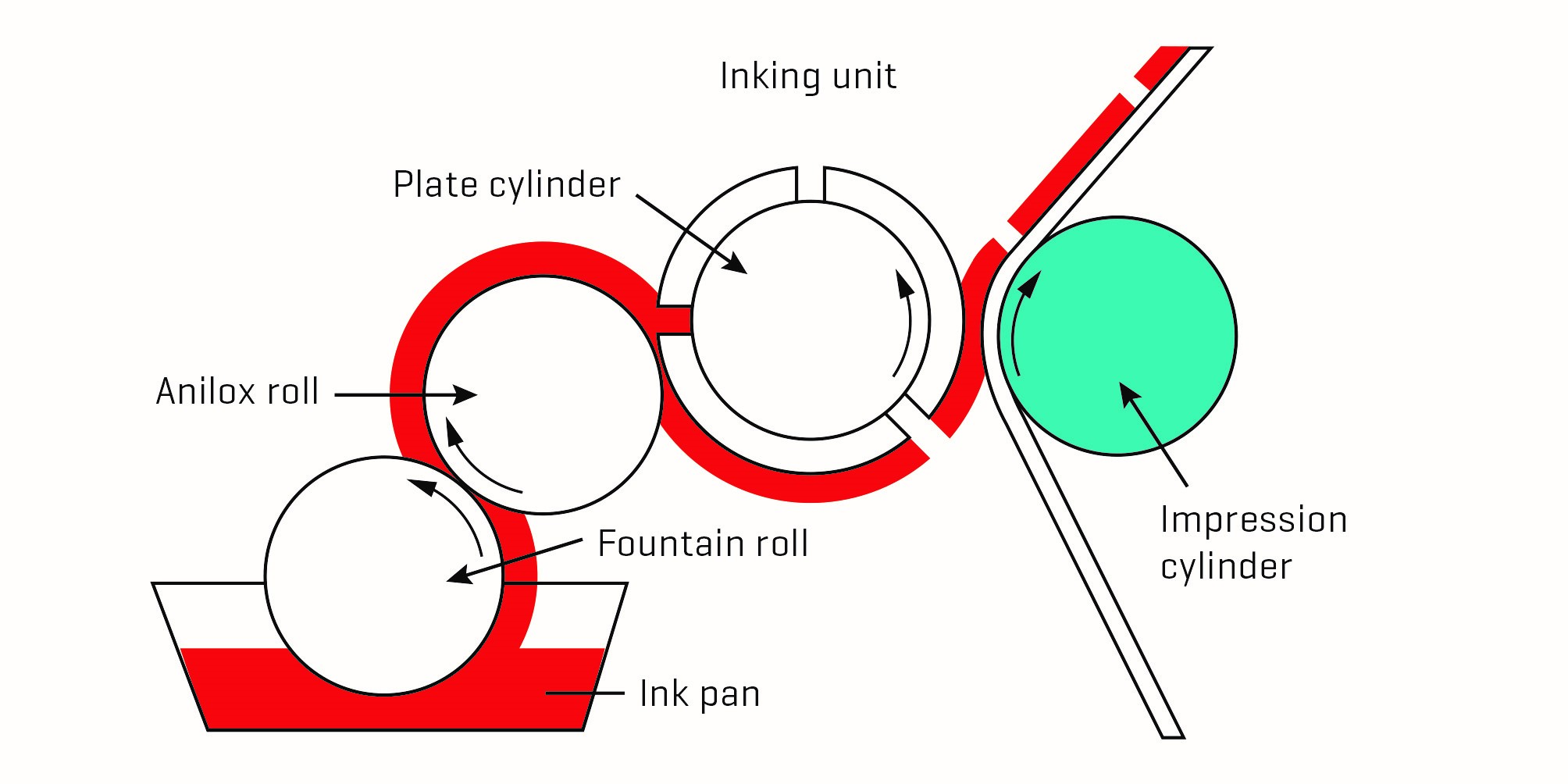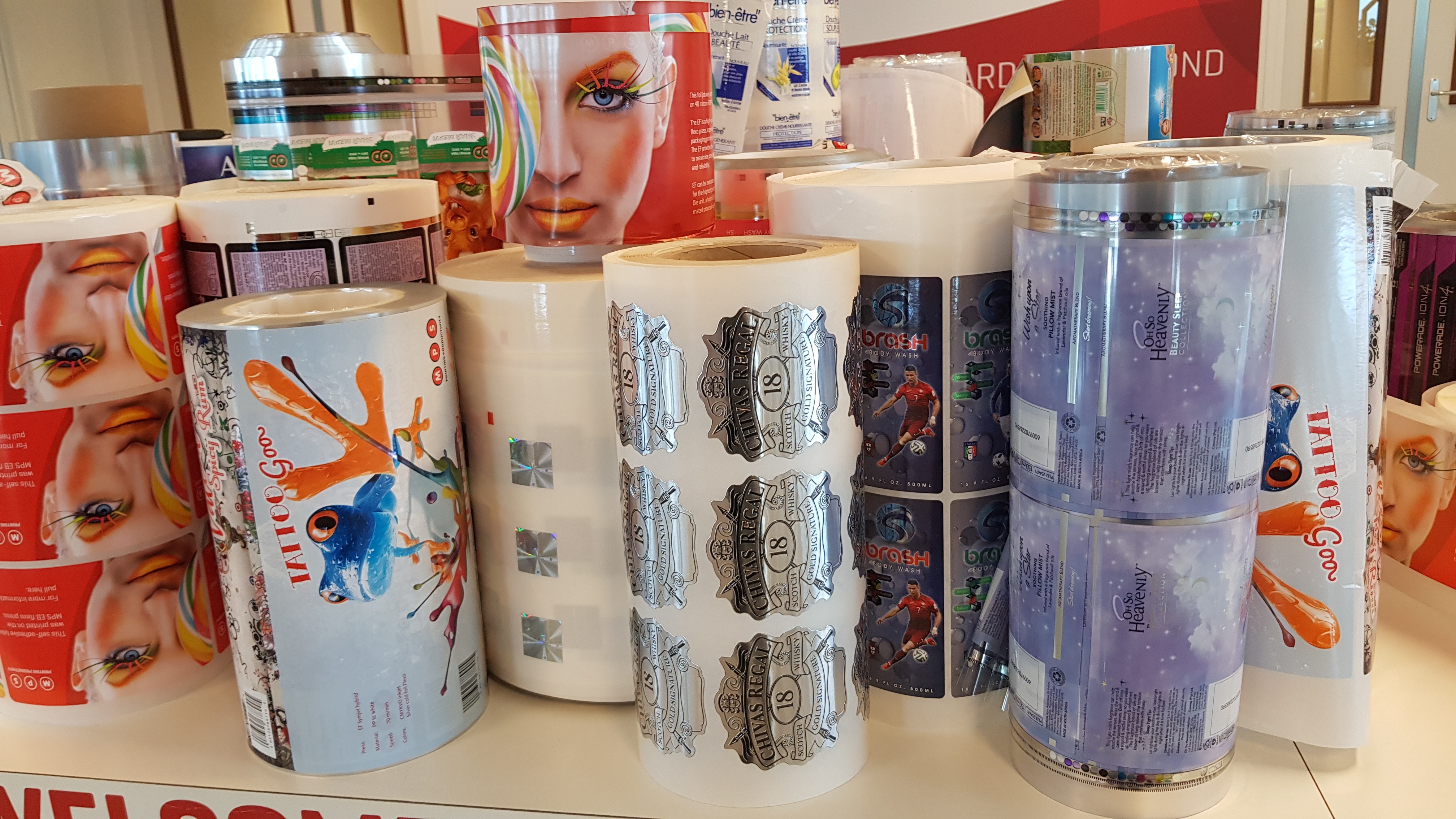In today’s demanding market where printers need to supply various types of printed labels and packaging to their customers, it’s important to work with a press that can accommodate a wide range of substrates.
Especially considering that each material behaves differently during the printing process.
In this blog, I will reveal 3 important considerations when printing on various substrates.
A world of various substrates
In label and packaging printing, various substrates can be used, depending on the desired final printed product. Such as:
- Self-adhesive labels
- Flexible packaging
- Peel & reseal labels
- Multi-layer booklet labels
- Folding cartons
- Shrink sleeves
- Laminated tubes
And, there are many finishing options to also consider!

As all of these materials behave differently on a printing press, when printing with a wide variety of substrates, there are three very important considerations: temperature, web tension and material characteristics.
1: Temperature
Thicker materials tend to be less warm during the printing process, as there is more material to spread the absorbed energy.
On the other hand, thin materials are inclined to increase in temperature as there is less area for the absorbed energy to spread. Depending on the design, the material absorbs even more heat (think of dark designs with solid inked areas). For stable web tension, keeping the temperature of the material under control is essential.
To minimize temperature variance, it is very important to combine curing of the ink with cooling of the material.
2: Web tension
Stable web tension is important to maintain consistent quality of printing.
When tension varies between printing stations, it is very difficult to keep the register stable and print quality consistent. By controlling the temperature of the web, you can control one influence on web tension.
It’s important to have equal web tension across the printing stations to keep a steady register on a wide variety of materials. So, by designing the press in a way that web tension is automatically controlled and not affected by the print stations, you can control the second influence on web tension.
A third influence is tension on the material created by the infeed and outfeed nip of the press — this is controlled by the operator.

This blog explains more about the importance of web tension during the printing process.
3: Material characteristics
In addition to the above described parameters that can be influenced by the printer and the press, there are also characteristics of the material to consider.
As mentioned, thin materials tend to increase in temperature during the printing process as they are less able to spread the absorbed energy. Some thinner materials will also stretch at a lower web tension than their thicker counterparts.
This gets slightly more complicated when printing on multi-layer materials, as each layer can react differently to temperature and tension. A press operator experienced with the material they are printing on will know what tension is required to consistently produce a high-quality print job.

EF: the true multi-substrate press
At MPS, we strive to design presses that support the operator as much as possible when printing on a wide variety of materials.
For example, our EF multi-substrate press controls web tension at the infeed and outfeed nip, so when printing labels and packaging, web tension is not influenced as the press has a free running impression cylinder.
Two big advantages of a free running impression cylinder are:
- The substrate is not pulled through during impression.
- As there is no nipping point in the print station, web tension won’t be affected.
To control temperature of the substrate, the web travels nearly completely around the chill drum to achieve optimum cooling.
![]()
Thanks to these technologies, our EF press keeps the register stable and the print quality consistent to produce high quality results for a wide range of materials — it’s a true multi-substrate press that your operator will enjoy!
If you would like to know more about the EF multi-substrate flexo press, download our product brochure or schedule a non-binding talk with one of our specialists.